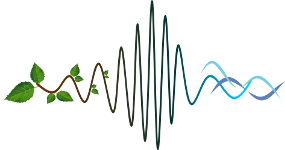Different complementary methods are used to observe cetacean species. Passive acoustics is useful to detect vocal cetaceans. The last decade show strong interest from the scientific communauty including specialists in marine biology, underwater acoustics, signal processing. But up to now, this topic is still under investigation because some of challenges are still open, especially when the objective is not focus on the vocal activity from one specific species. This is the case with acoustic observatories in areas frequented by many different species because the diversity of their emitted sounds is large and the acoustic recordings are depending to many other parameters, like the sensitivity of the sonobuoy, the underwater acoustic propagation, the presence of other sounds, including the anthropogenic noise, corresponding to the variant ambient noise. Trying to define one single detector for different datasets is a challenging objective.
To improve the detection rate, we propose to add a preliminary step based on the definition of the quality of the acoustic signal. This step is also used to characterize the acoustic environment (echoes, reverberation, noises). The quality criterio is then used to give a confidence index to the user for the different results of the detection step, based on 2 opposite methods: the use of acoustic descriptors from the detected signal (duration, onset, sustained part, fundamental, harmonics...) and the use of mathematical representations (MFCC, wavelet).
We applied this approach to the recorded dataset from St Pierre-et-Miquelon, including 8509 files for 353 cumulative days (5158h) during 2010 and 2011. Same species are detected in different noisy conditions (rain, traffic, knocking on the hydrophone) and this dataset allowed us to adjust our method.
- Presentation

 PDF version
PDF version
